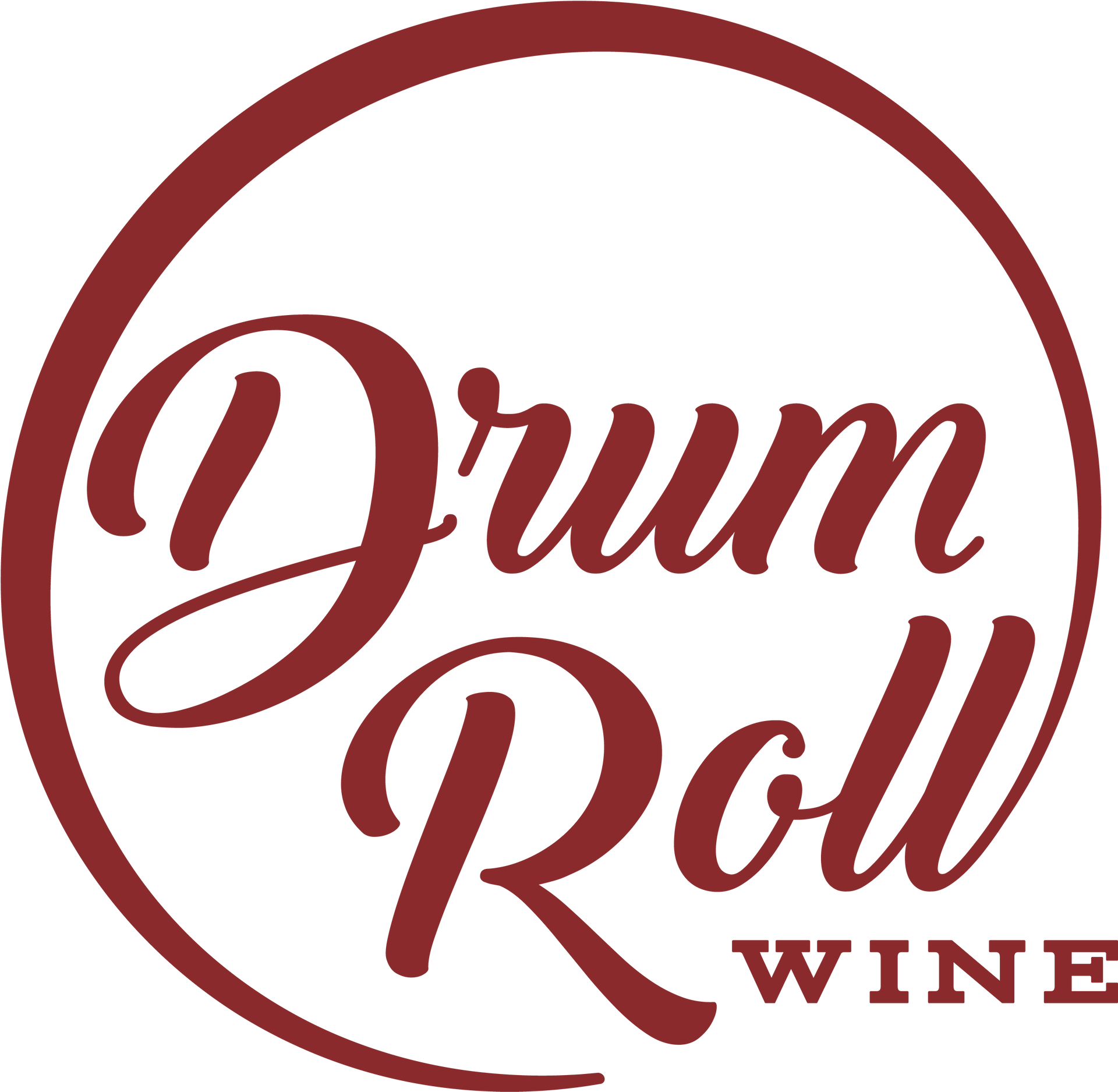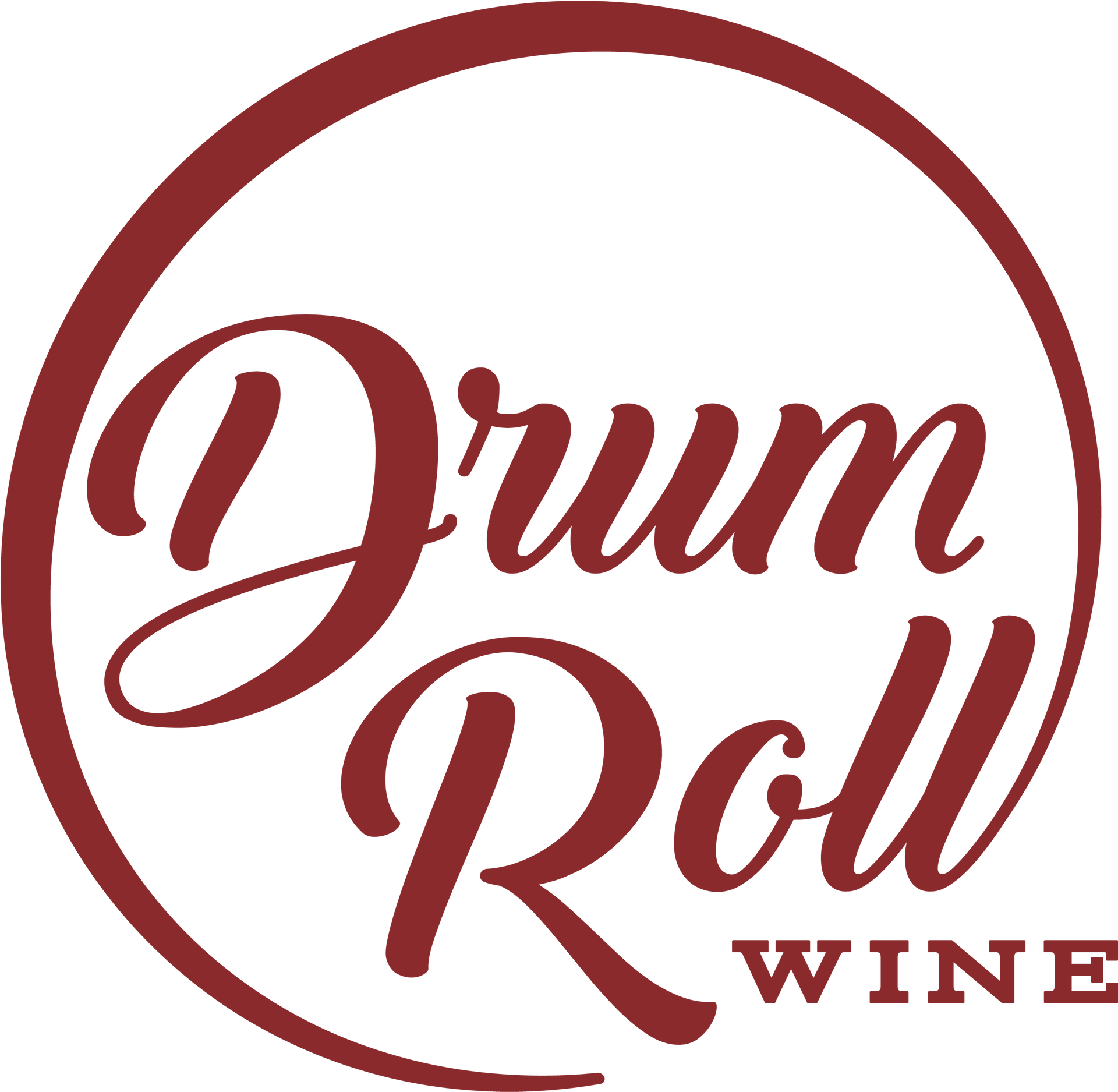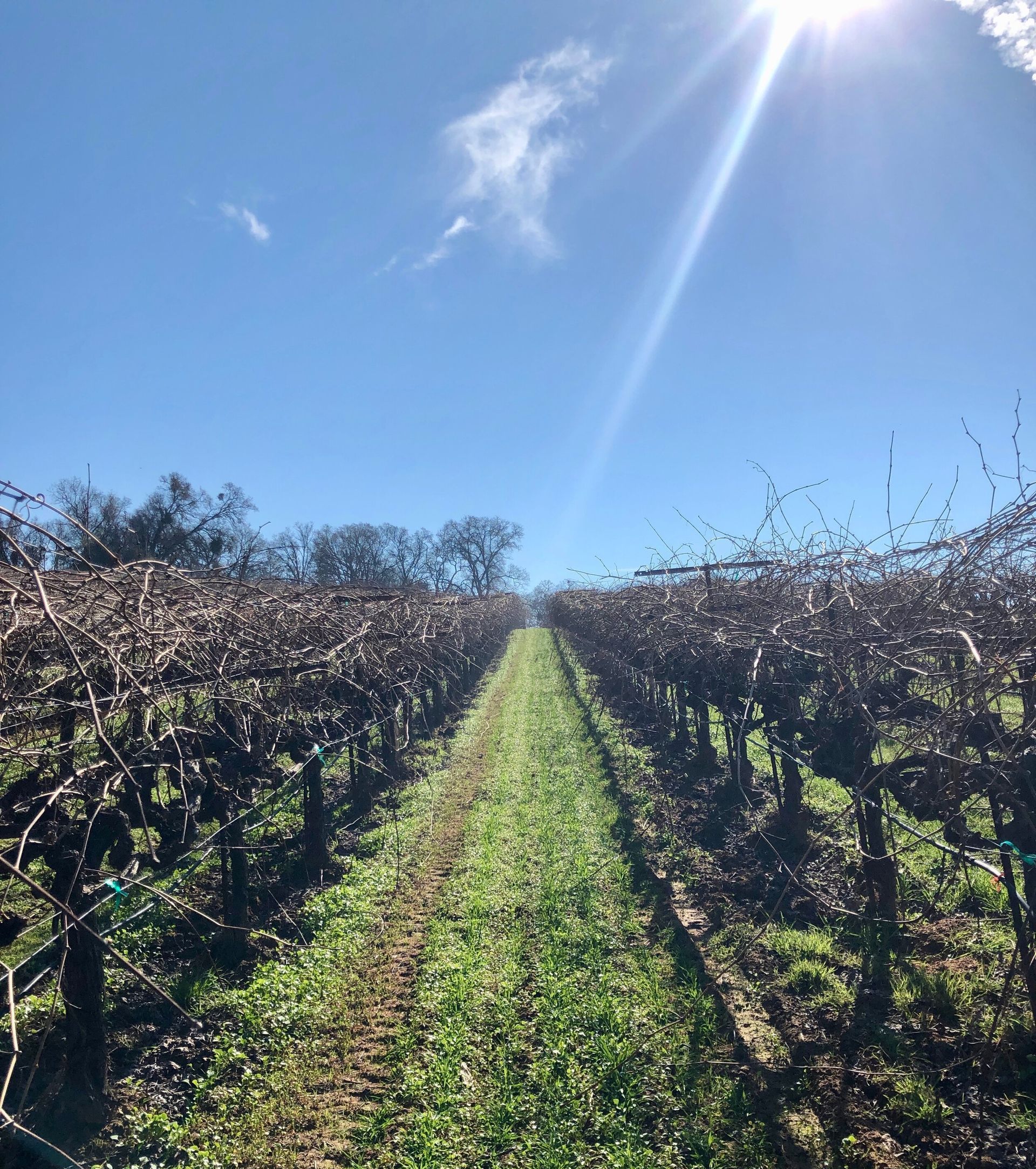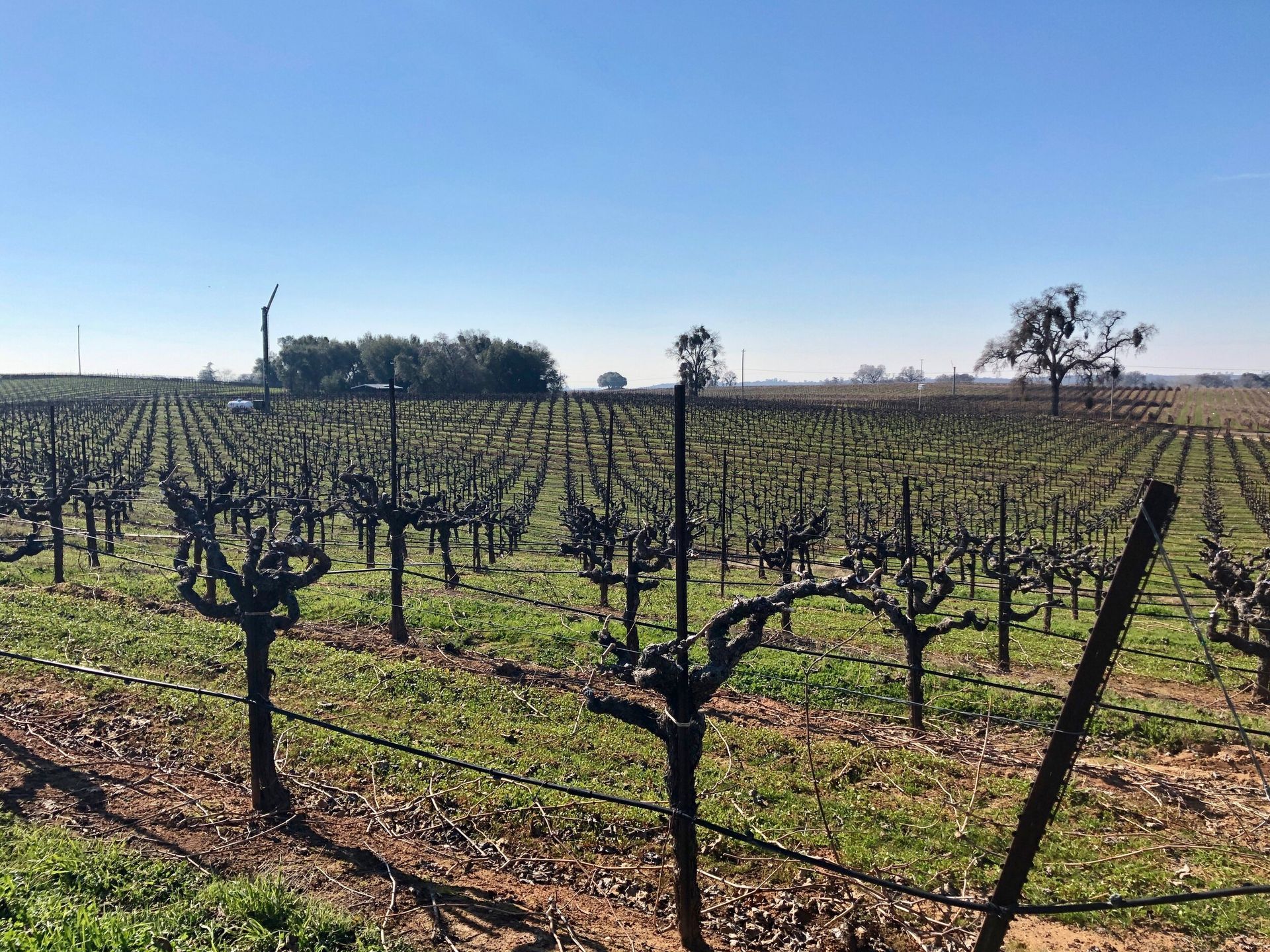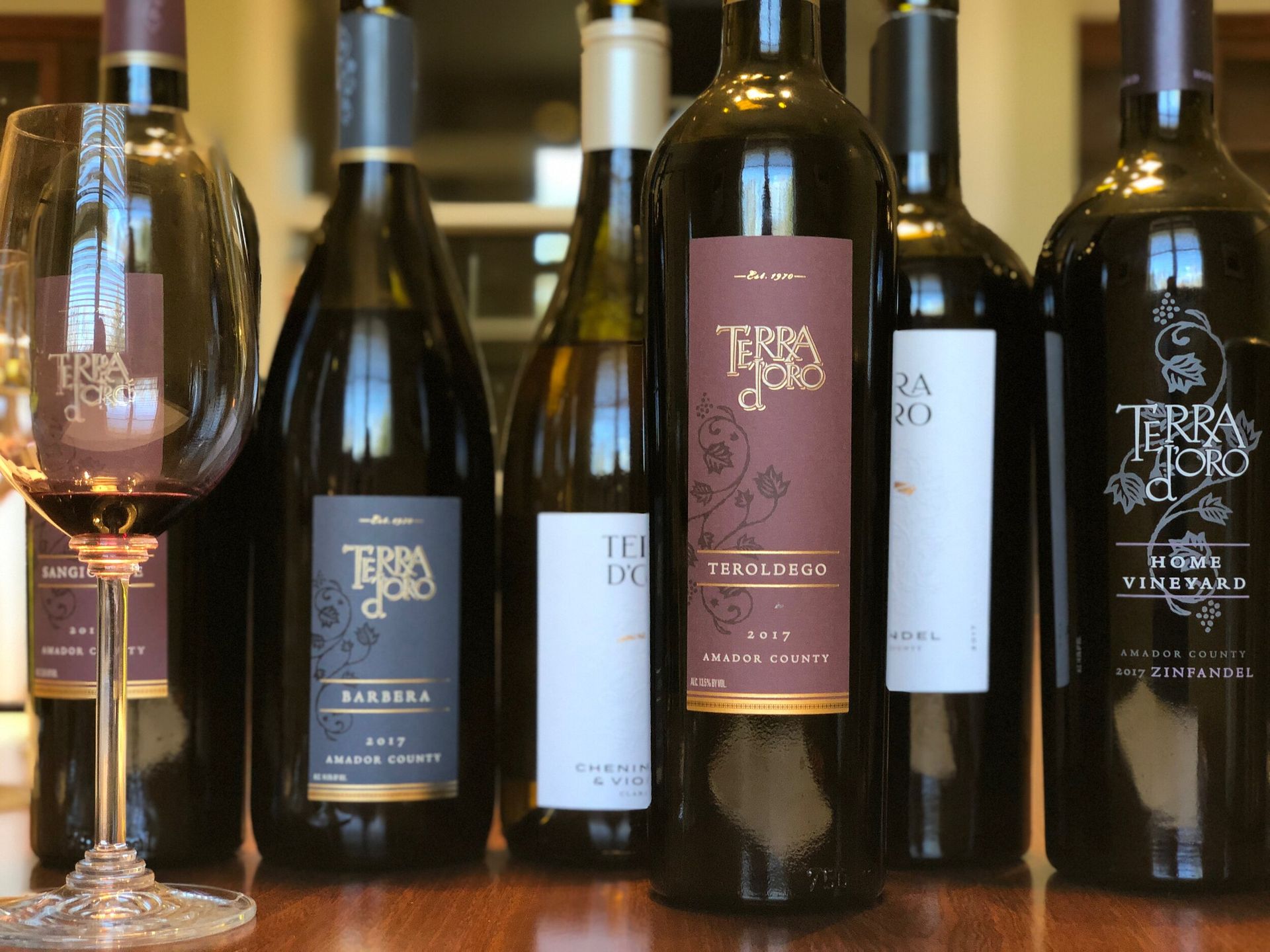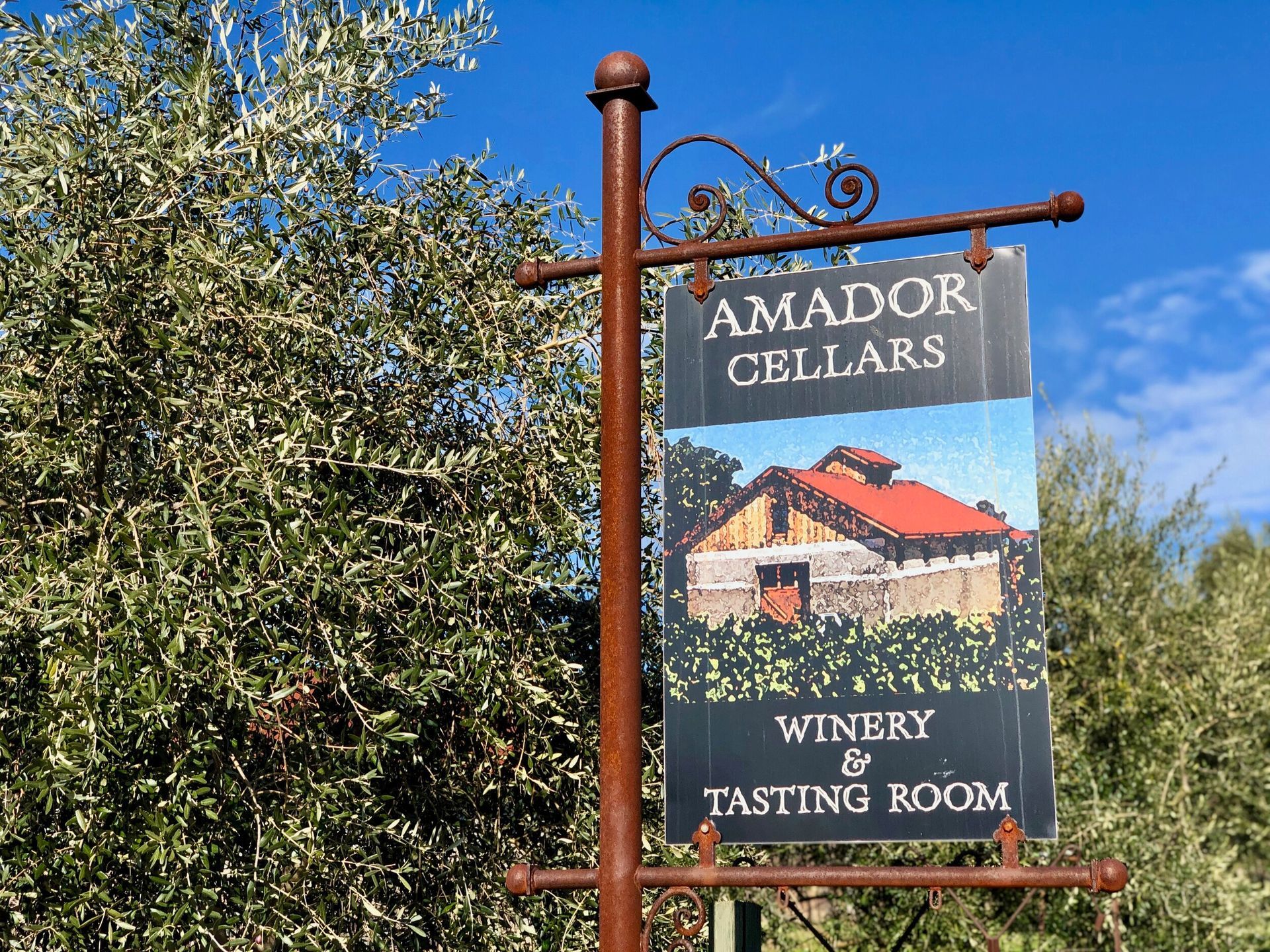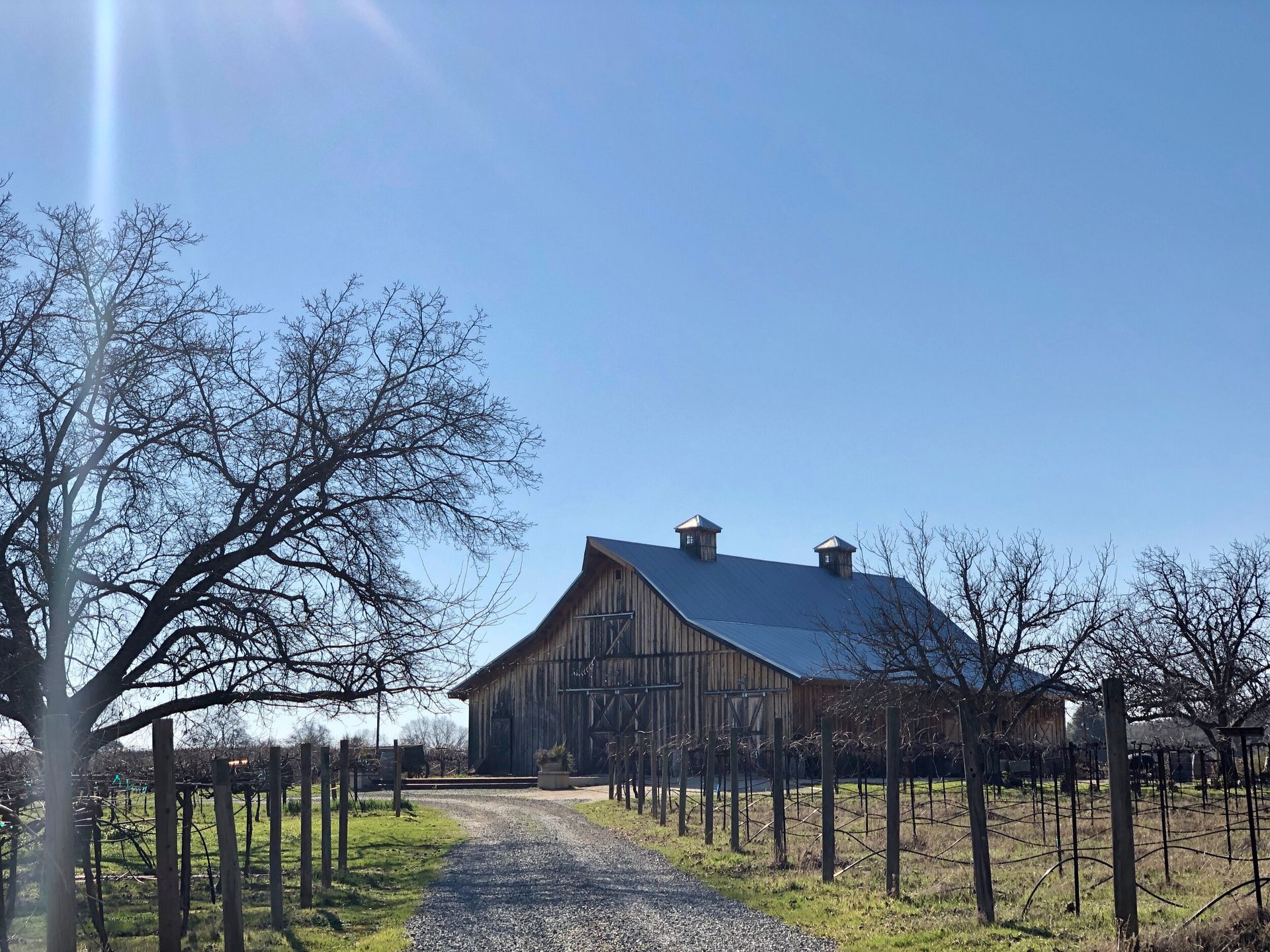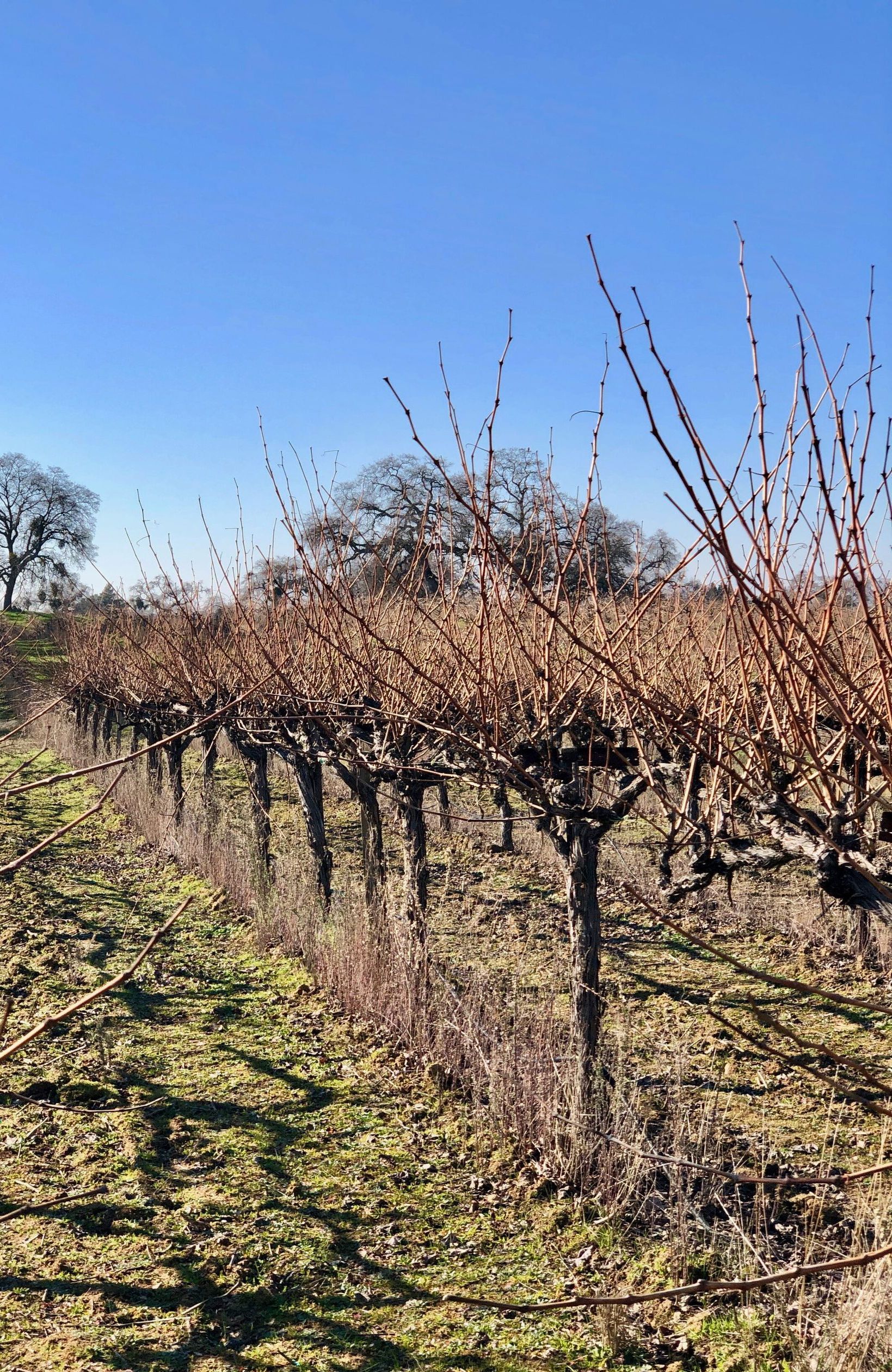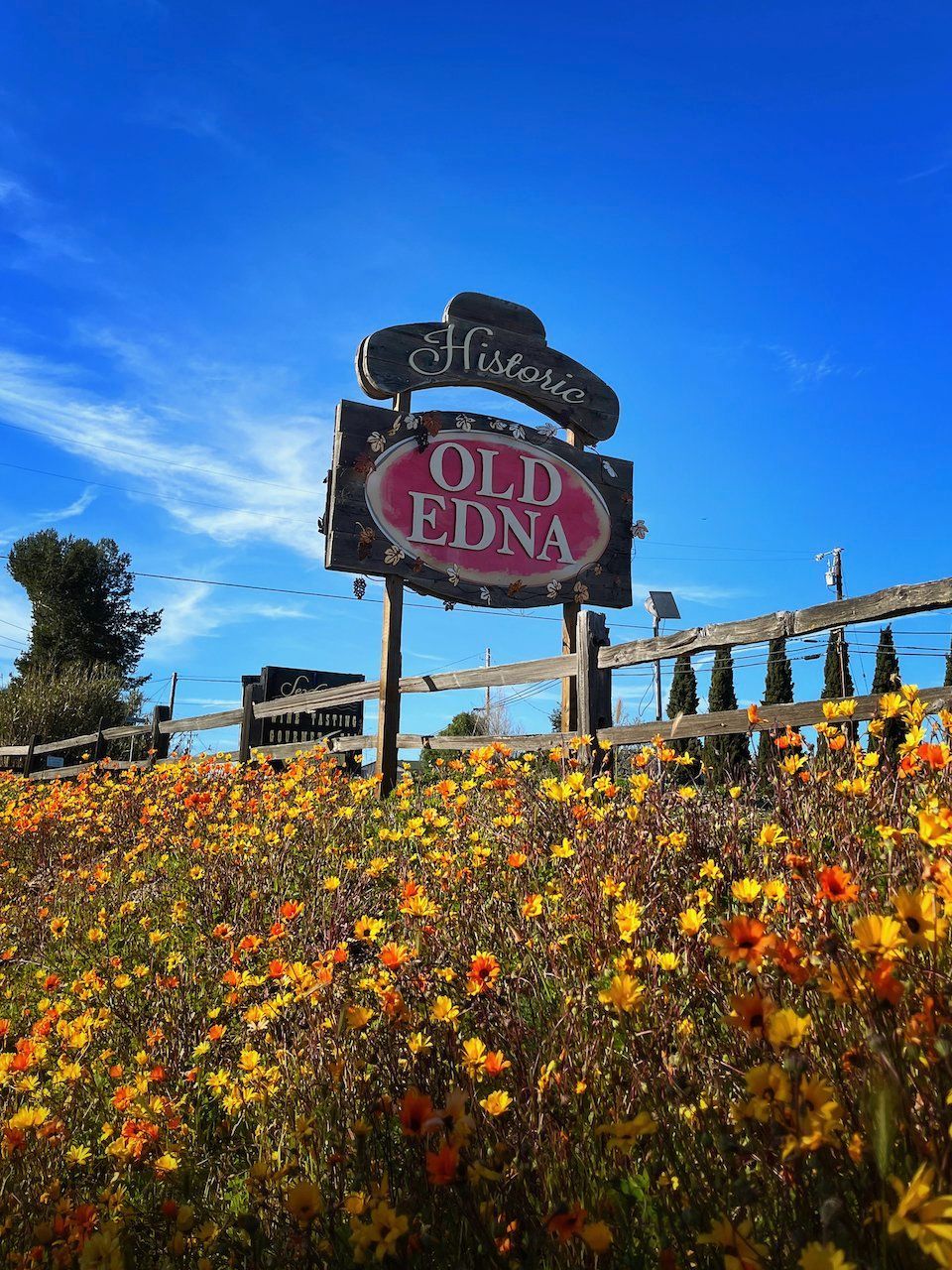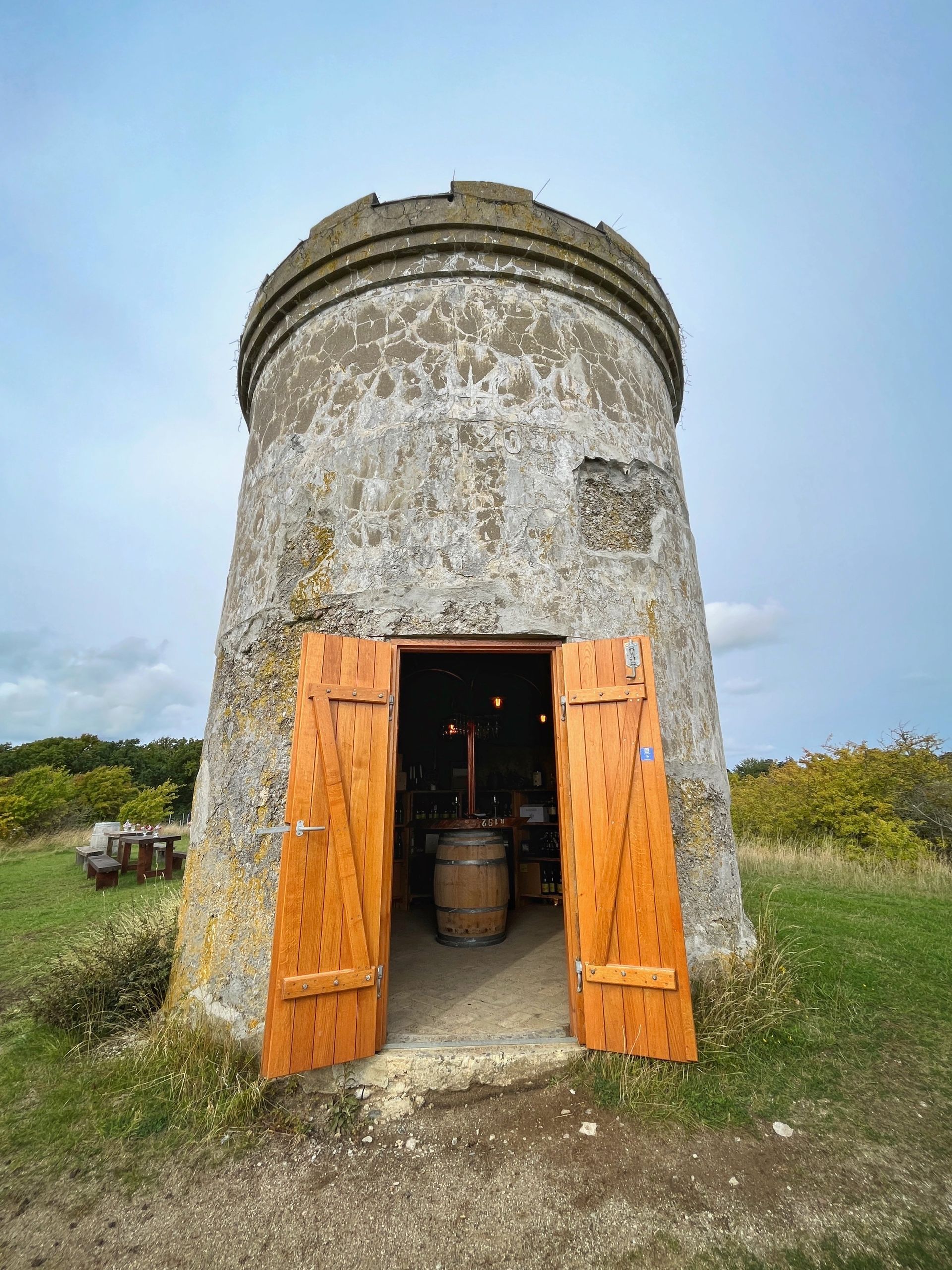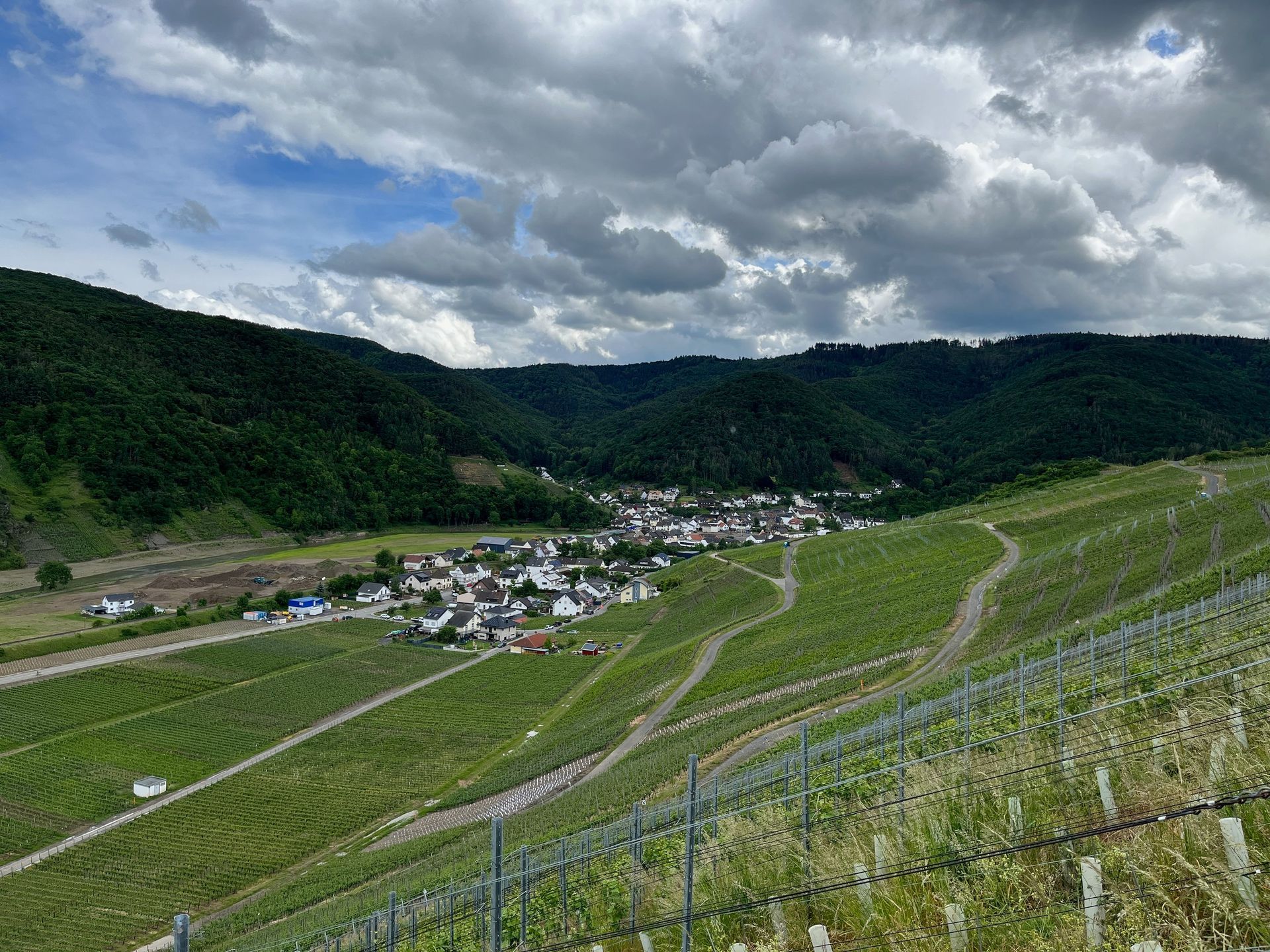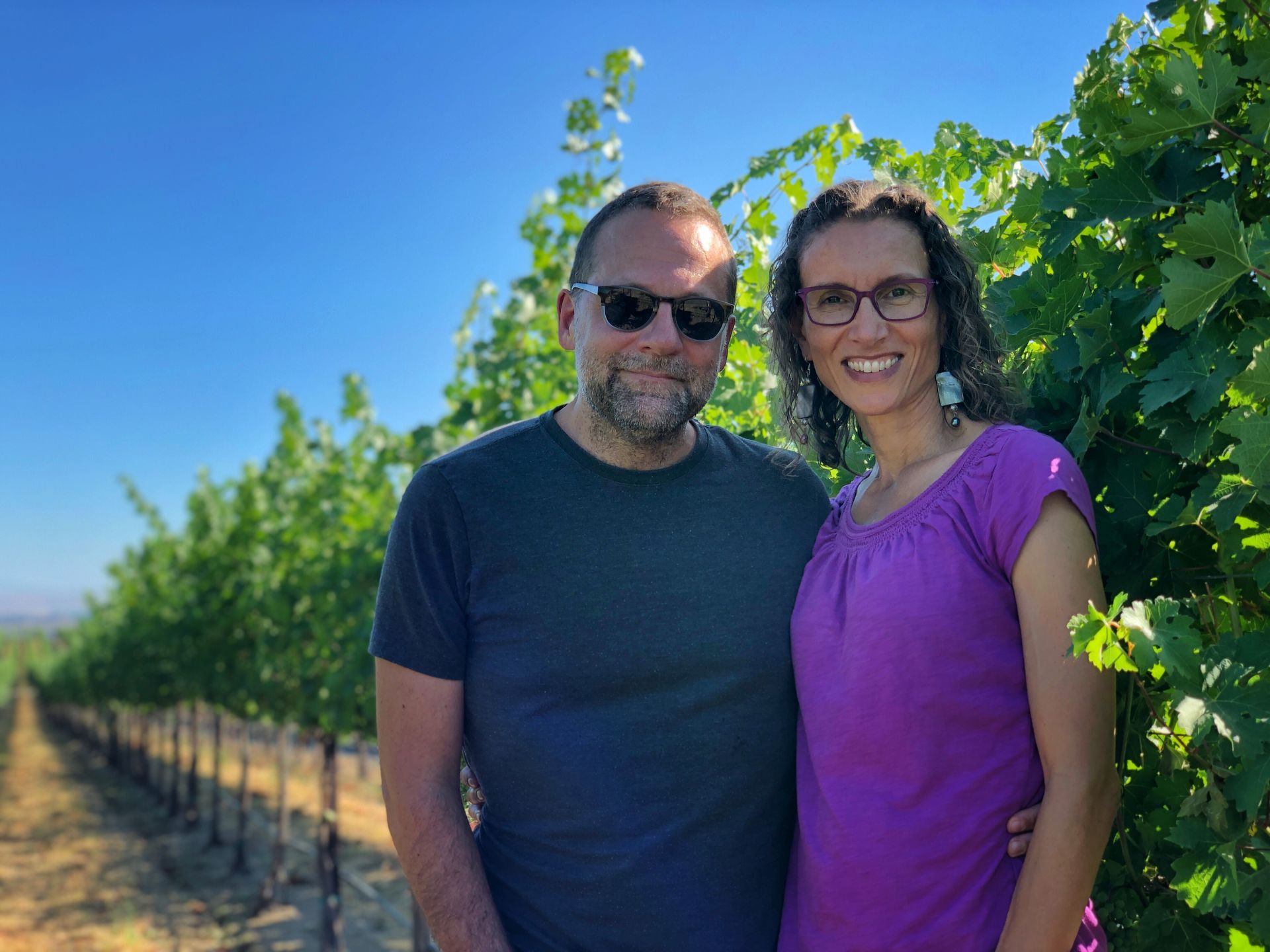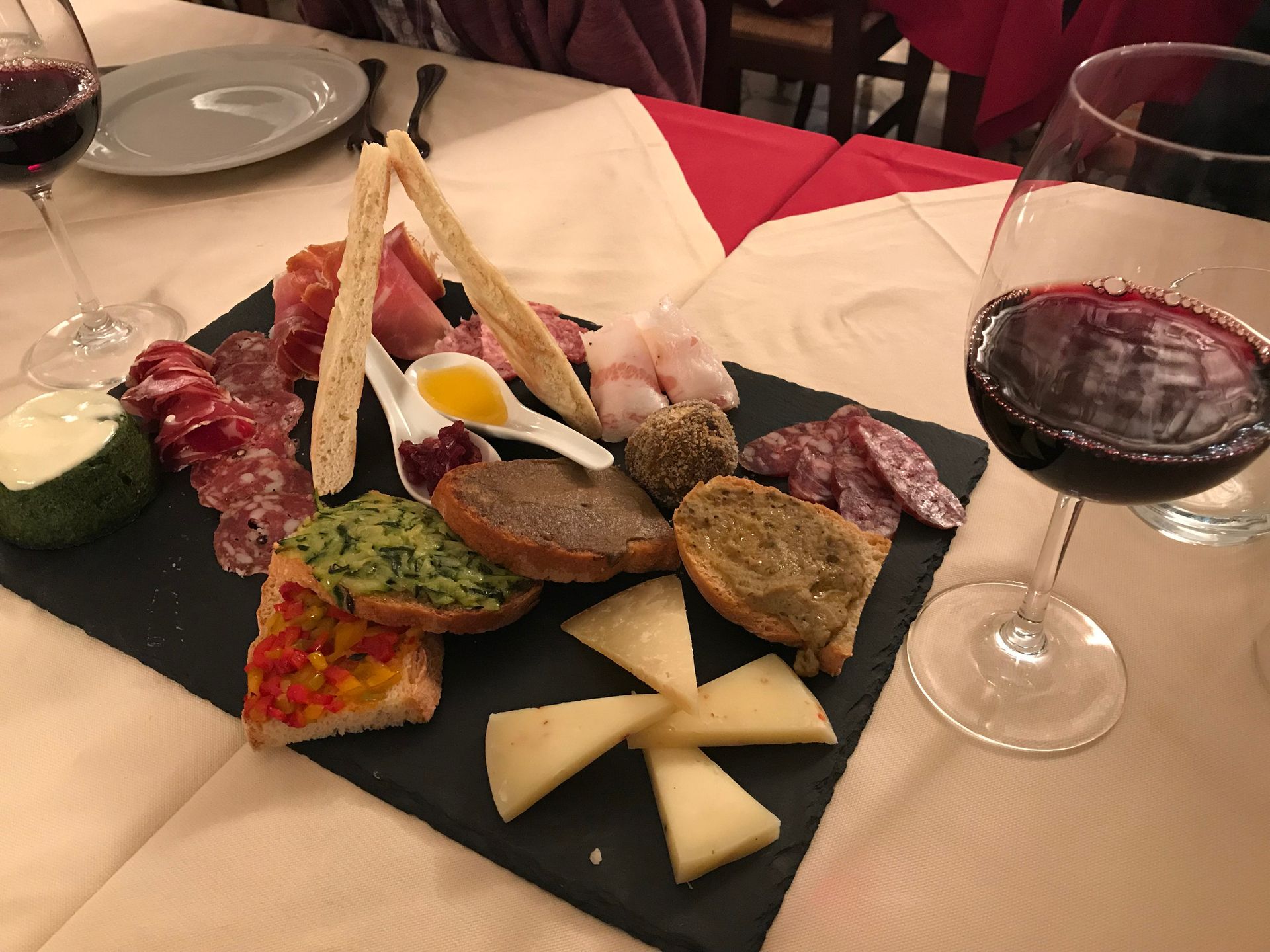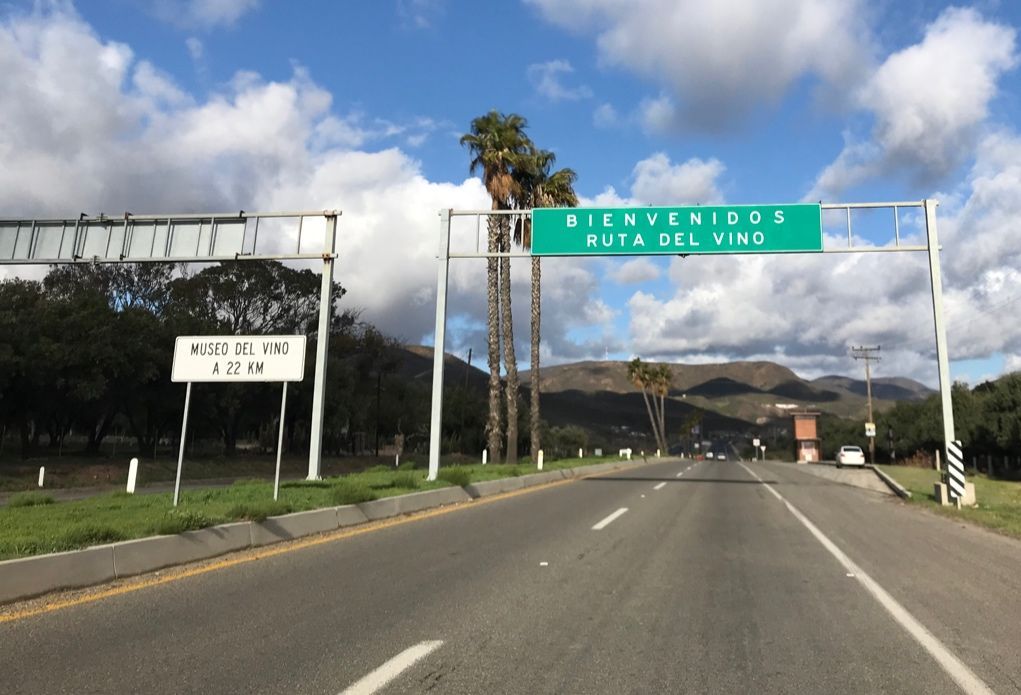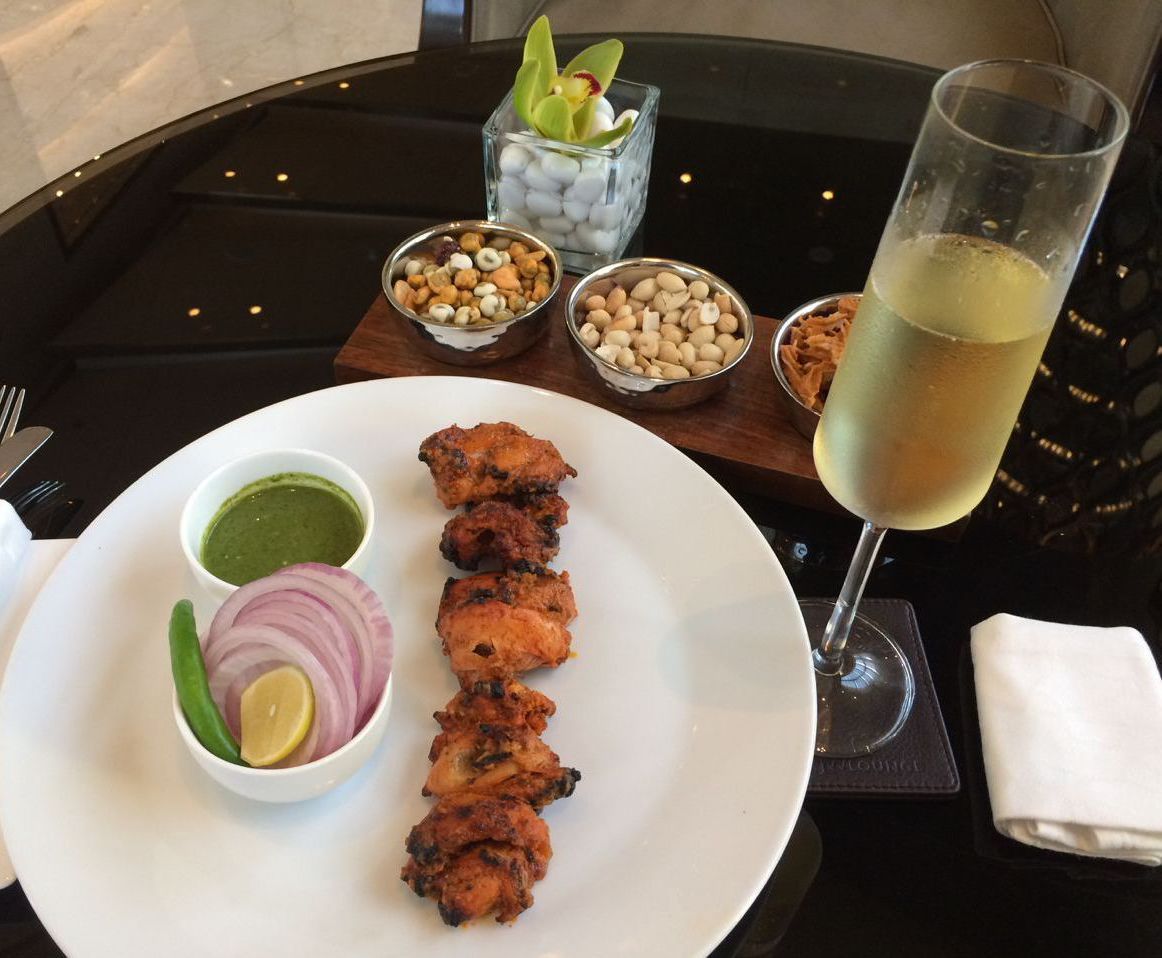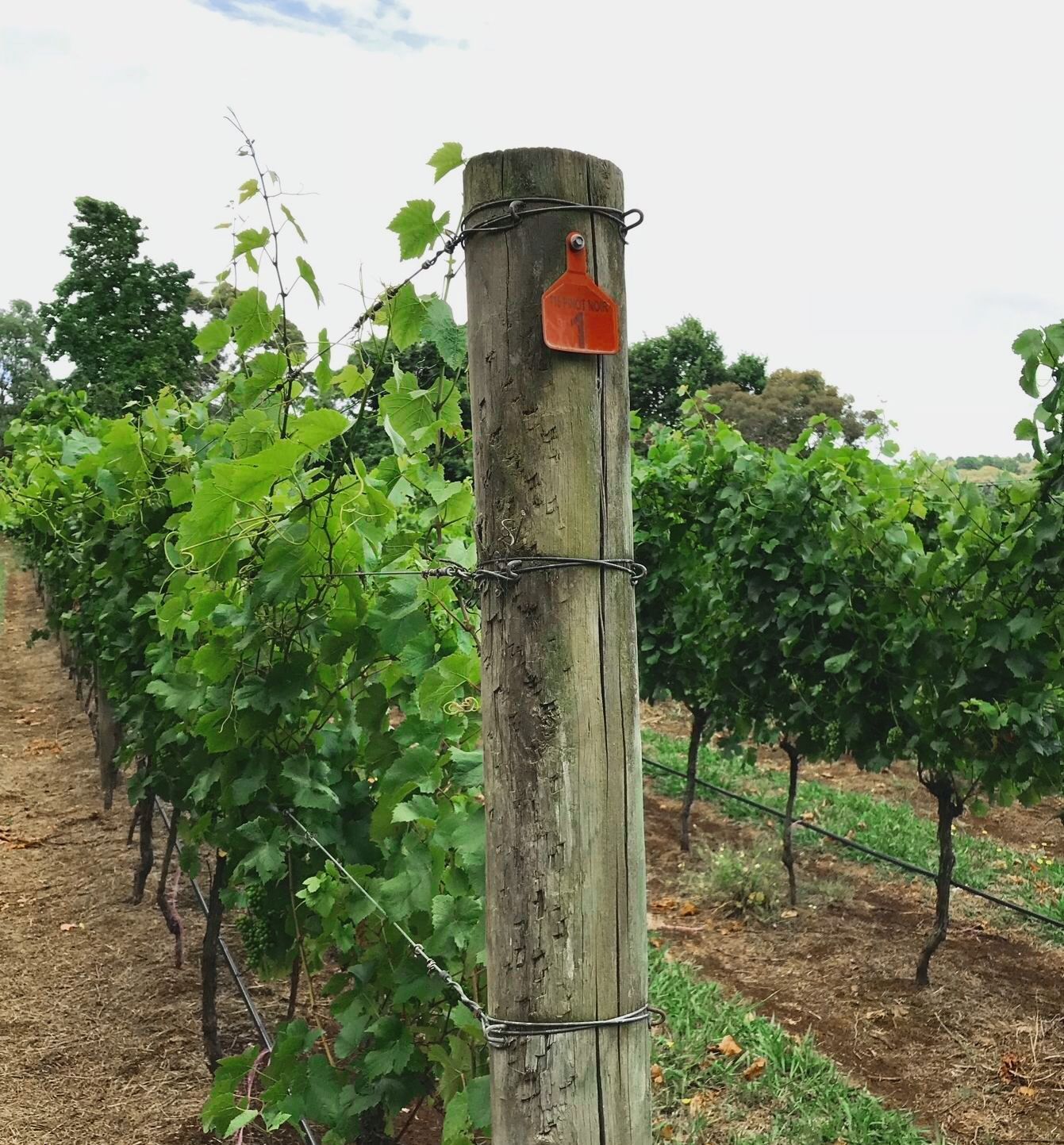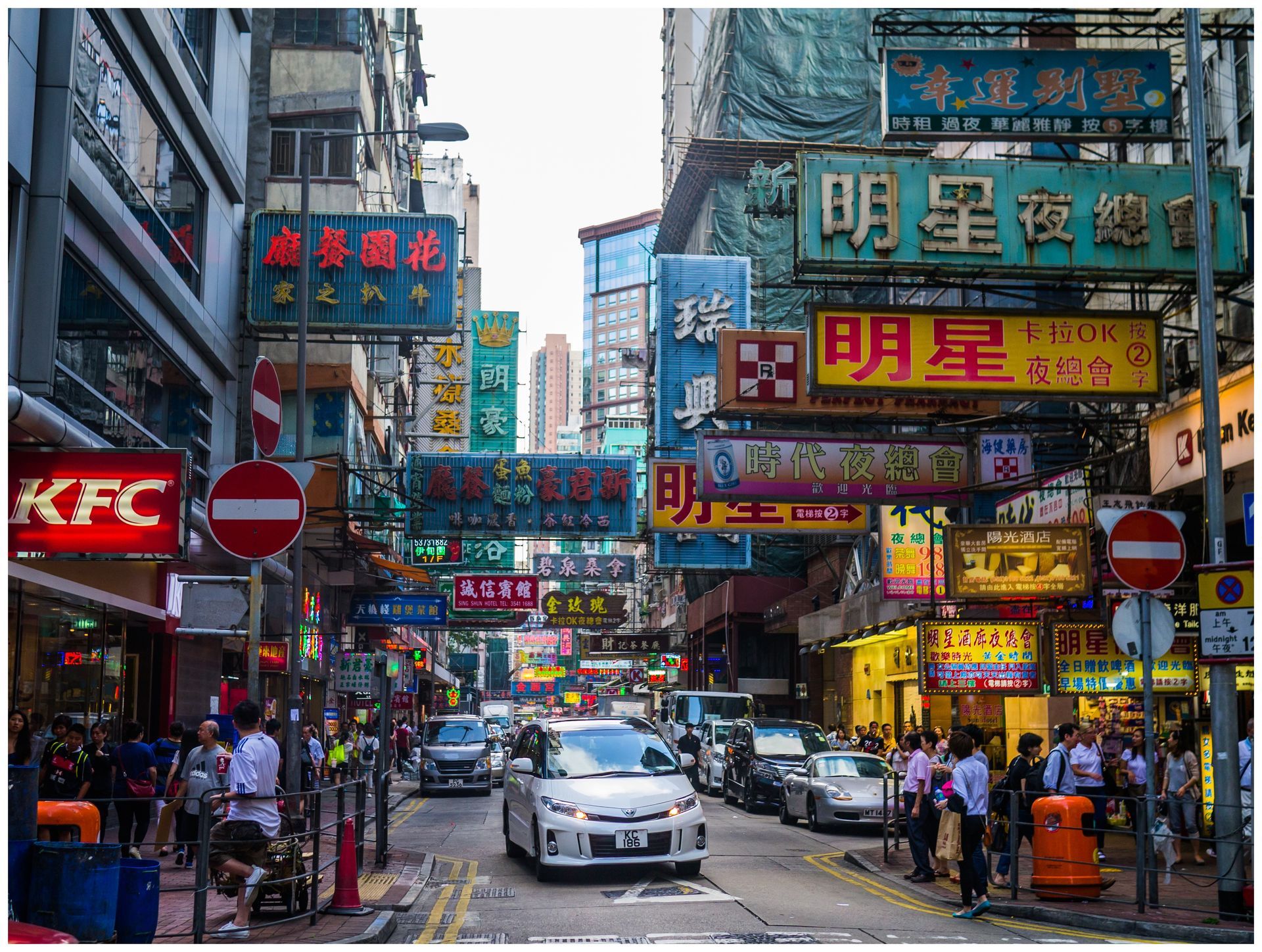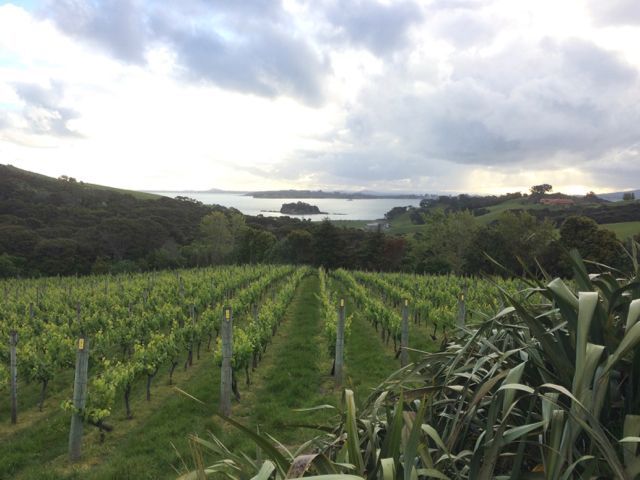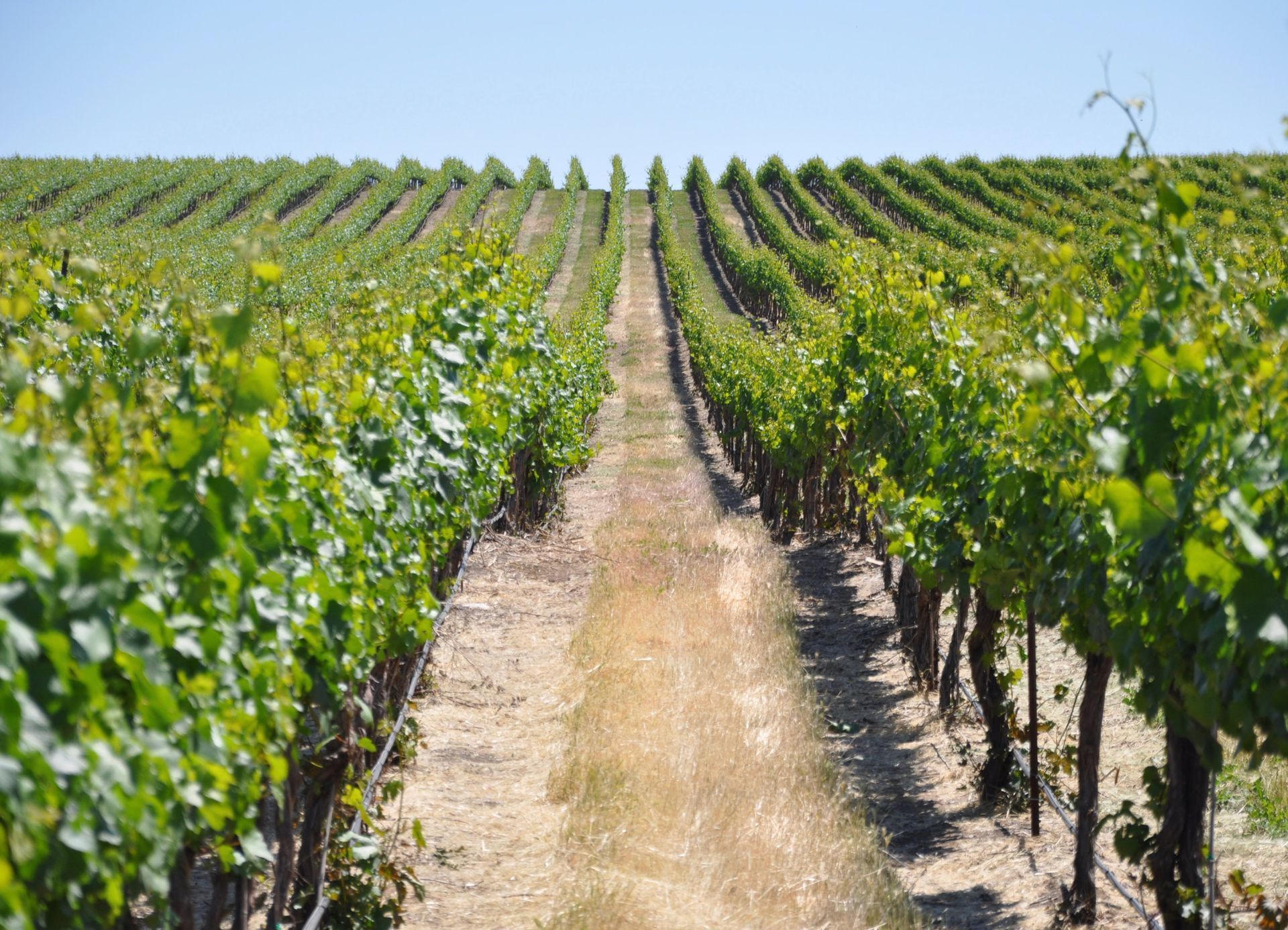Every wine enthusiast goes through stages. Though I could not have expressed it clearly at the time, there was a period when zinfandel was a perfect wine for me. Not the sweet pink stuff, mind you (though I would have happily enjoyed that some years ago as well), but the bold, brash, pruney red. Back then I liked red wine with enormous fruit flavors, intense body, and possibly even a bit of aggression. Subtlety in the glass was lost on me.
Then I encountered various wines from around the world and learned more about how to integrate wine into meals (the standard context for wine through most of its history). I realized that big wines have a tendency to get in the way of a culinary experience and so lean, linear wines with generally less heft became more attractive, while zinfandel fell off my radar. In short, the typical primary fruit taste profile of zin seemed too obvious—as if the winemaker wanted to be sure that we all remember it’s made from grapes!
Writing off an entire variety with a long tradition from a proud and accomplished wine producing country like Italy eventually felt wrong. So I occasionally conceded that there are lovely expressions of zinfandel available (e.g.,
Ridge Vineyards), even if not readily, and I went on my happy way basically still avoiding the variety. When I had a chance to visit the Sierra Foothills AVA outside of Sacramento recently, I thought it would be a good opportunity to retest my biases in California’s most famous zinfandel region. Some zin vines there date back 100 years or more and wine-making traditions go back even farther.
East of Sacramento and west of the Sierra Nevada mountains, the gold rush of the mid-19th century brought immigration, trade and agricultural infrastructure, and everything else that gold miners might need or want. The foothills provided land suitable for agriculture and since there were many arrivals with Italian heritage, it’s not a surprise that zinfandel (prominent in the southern Italian region of Puglia) was widely planted. Along with grapes from other warm wine regions in France (syrah from the southern Rhône) and Spain (tempranillo).
Prohibition took its toll on these vineyards and wineries, of course, followed by 20th century development in the shadow of the more famous areas of Napa and Sonoma. Then the sweet white zinfandel craze of the 1980s provided a great business opportunity but damaged the reputation of the local grape over the longterm. More recently, local wineries have grown in their stature, both for making Zinfandel as well as several other varieties. So I made visits to three of them—Terra d’Oro,
Amador Cellars, and
Turley.
My first stop was a tour and extensive tasting with Terra d’Oro assistant winemaker, Cooper Carter. We tasted 10 different wines together (tremendous hospitality!), including several vineyard-specific zinfandels. These all illustrated earnest and considered work from the vineyards and winery. The small batch offerings of aglianico, teraldego, and a tempranillo/graciano blend (“Amador”) really caught my attention, however. I thought the aglianico expressed the carefree but passionate spirit of Italian wines, in particular, and revived sense experiences from visits to Italy. It’s a magnificently fetching and generous wine!
There’s more than just red wines at Terra d’Oro, however, and the “Clarksburg” Chenin Blanc/Viognier blend was a delight. Unlike some of the other delicious options here, this one is made in large quantities so is easier to find in the broader market.
Both Amador Cellars and Turley are just down the road from Terra d’Oro so were convenient (and reputable) next stops. Amador features a cozy tasting room nestled within the production facility plus lovely surrounding vineyards. barbera, yet another Italian variety, grabbed my attention this time. Originally from the cooler Piemonte region of northern Italy, the barbera wines in this warm region are riper than their “old world” counterparts. Barbera has also become a sort of regional specialty. There’s even a local Barbera Festival, now in its 10th year.
Turley is the steward of vineyards in Amador, Napa, Sonoma, Paso Robles, Lodi, Mendocino, and Contra Costa and manages every vineyard contributing to its 50 different wines even if not owned by Turley. Originally founded in Napa, Turley expanded to Amador due to the owner’s passion for zinfandel. Unlike many vineyards in the area, Turley’s are do-or-die dried farmed. There is no drip irrigation infrastructure installed so if the vines shut down due to excessive heat, the harvest yield will be reduced (possibly dramatically). The philosophy here is that vines should always be searching for moisture through the downward extension of their root systems as a means to developing character in the fruit.
Some of the vines at Turley go back as far as 1859, which is unique in any part of the world. I especially enjoyed the “Judge Bell” zinfandel as a powerful but balanced and complex expression of zinfandel. The flavors are big, but not jammy or overly concentrated given the strong acid and tannin profile. It’s still a bit extreme for my tastes but I brought home a bottle and will look forwarding to revisiting a few years down the road.
Like other lesser-known wine regions, visiting Amador County is a treat due to the excellent hospitality and lack of pretension. Whether you’re a wholehearted fan of zinfandel, or a little skeptical like me, you’ll find a variety of delicious wines and an opportunity to explore beyond the sometimes typical cab, merlot, chardonnay, and pinot noir options from other California wine regions.
Though we’re most passionate about Pacific NorthWest wines, we do love discovering new wine regions. Do you have a favorite lesser-known wine region? Be sure to
email us and tell us all about it.
